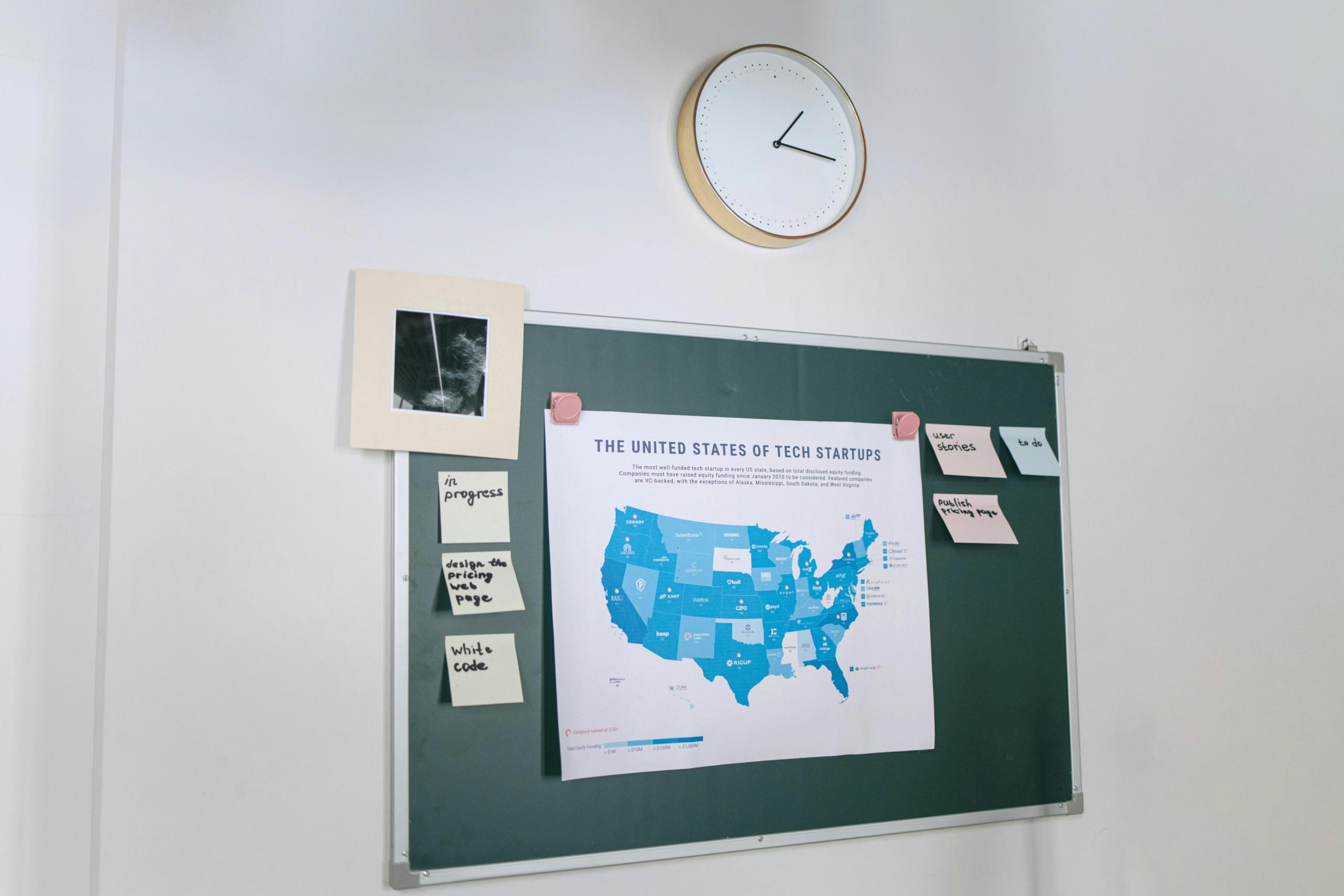A Brief Overview of the Value of a Family Disaster Plan

Unpredictably, emergencies happen, leaving families in a state of chaos and uncertainty. These situations are unpredictable, which emphasizes how important it is to be prepared. When every moment counts, you can greatly lessen anxiety and confusion by creating a thorough family emergency plan. This proactive approach offers priceless peace of mind in addition to guaranteeing the safety and security of your loved ones. Putting a well-thought-out plan in place is like creating a safety net that catches you, making sure that your family is protected in an emergency. Being ready has incalculable advantages and can be a ray of hope during the darkest of circumstances.
Determining Possible Emergencies and Hazards

- Unnatural Catastrophes: Due to its large area, Australia is vulnerable to several types of natural disasters, such as hurricanes, floods, earthquakes, and wildfires. Every one of these disasters has unique risks and calls for different actions. For example, earthquakes require a “drop, cover, and hold” response, whereas floods require early evacuation preparations. Being aware of the geographical characteristics of your location can help you prepare much better for these kinds of natural disasters.
- Anthropogenic Emergencies: Not every emergency is caused by a natural occurrence. Gas leaks, home fires, and security breaches are examples of serious man-made hazards. Although these crises frequently happen without warning, they can be avoided with routine maintenance inspections and security precautions. Installing smoke detectors and performing routine home safety audits, for instance, can significantly lower the chance of these kinds of incidents.
- Emergencies concerning health: The world community has recently received a sobering reminder of the consequences of health-related emergencies, like pandemics. Furthermore, serious illnesses and accidents are ongoing dangers to our health. In situations like these, being aware of health advisories, leading a healthy lifestyle, and having first aid supplies on hand can save lives.
Understanding local risks, such as the frequency of natural disasters in your area or the health vulnerabilities within your family, is essential to assessing the likelihood and impact of these emergencies. Making sure your emergency plan is customized to your unique requirements and that you are ready for the most likely and significant events requires this assessment.
Families are able to develop a strong emergency plan by recognizing possible emergencies and evaluating the possibility and consequences of them. This plan serves as a buffer against the unpredictable nature of life’s numerous obstacles. It all comes down to being ready, remaining knowledgeable, and making sure your loved ones are secure. Ultimately, having the confidence that you’re equipped to handle any challenge is priceless.
Important Elements of a Whole Family Disaster Preparedness Strategy

- Communication Strategy: An emergency plan’s core component is efficient communication. The creation of a a list of family and emergency contacts assures that in the event of a disaster, everyone is aware of who to contact. This list ought to contain contacts for friends or family members who can be called upon for assistance, in addition to the local emergency numbers.
- Meeting locations and evacuation routes: Being able to leave your house swiftly and safely can be quite helpful. Everyone stays informed when primary and secondary evacuation routes, as well as designated meeting locations, are clearly marked out. Regular practice of these plans is necessary to prevent confusion in the event of a real emergency.
- Supplies for Emergencies and Go-Bags: Packing and preparing the necessities for survival and comfort is advised in Go-bags. These bags are essential for hasty departures and ought to contain supplies for first aid, water, non-perishable food, flashlights, and personal documents. Adapting supplies to your family’s unique requirements guarantees that you’re ready for anything.
- Particular Points to Remember: Every family is different and has demands that are particular and need to be met. It takes careful planning to accommodate pets, aging family members, and people with disabilities. This could be making arrangements for pet-friendly lodging or making sure that emergency supplies have the required equipment and medications.
- Data and Document Archiving: It is crucial to keep important documents safe and easily accessible. Passports, insurance policies, and birth certificates should all be kept digitally in a secure cloud service or in a waterproof, fireproof container. This guarantees that your vital information will be safe even in the event of a disaster.
You’re not just preparing for the worst when you include these essential elements into your family emergency plan; you’re also giving your family the best opportunity to handle crises together and with resilience. Keep in mind that the time you spend getting ready now can have a big impact tomorrow.
Overcoming Obstacles and Typical Mistakes

In terms of being prepared for emergencies, complacency can be a silent enemy. It’s critical to understand how important it is to consider potential risks carefully. Particularly if you’ve never experienced an emergency, it’s simple to get sucked into a false sense of security. The reality, though, is very different. Emergencies can and do occur, so being diligent and forward-thinking in your preparation is crucial.
One major obstacle to comprehensive emergency preparedness is often financial. However, there are low-cost suggestions that have a significant impact. For example, you can spread out the cost over time and make it more manageable by progressively increasing your emergency supplies. Putting necessities first and searching for deals or used goods can also help cut costs.
It takes time and understanding to deal with resistance within the family. Although it can be difficult, persuading family members who are reluctant to participate is not impossible. Encouraging everyone to take part in the planning process and highlighting their individual roles can help to build a sense of accountability and teamwork. Frequent talks and exercises can also aid in reducing anxiety and boosting self-assurance.
An additional crucial component of emergency preparedness is navigating disinformation. It is crucial to make sure your plan is founded on trustworthy sources. This entails seeking advice from respectable organizations and governmental bodies. Always double check the information you include in your plan because inaccurate information can result in insufficient or even dangerous preparations.
You can improve your family’s preparedness for emergencies by addressing these difficulties and potential hazards. The goal is to establish a culture of readiness in which all members of the family are knowledgeable, prepared, and able to take action. Recall that the objective is to flourish in the face of hardship, not just to survive it.
Support and Resources for Additional Planning

Effective emergency planning is based on making use of local emergency services and information. A multitude of resources are available from your local council and emergency services, including evacuation plans and notifications of approaching disasters. These tips are priceless in making sure your family has a well-informed and workable emergency plan. Participating in community initiatives can improve your preparedness efforts by providing shared knowledge and support.
Digital Tools & Applications
- Real-time Notifications: When you need it most, apps like the Australian Emergency Alert system offer vital information and real-time updates.
- Planning Instruments: You can streamline your emergency planning by using online tools to create a comprehensive, workable family emergency plan.
Help from Professionals
Experts in emergency preparedness might occasionally be a wise choice to consult. This is especially true if you live in a high-risk area for natural disasters or if your family has complex needs. Experts can provide customized guidance, guaranteeing that your emergency plan is strong and complete. Their knowledge could mean the difference between a generic plan and one that actually protects the health and welfare of your family.
You’re improving your family’s safety proactively by making use of these tools and networks of support. Every action you take—whether it’s making use of the newest technology, consulting a professional, or drawing on local knowledge—builds towards a future that is more resilient. Recall that the objective is to equip your family to confidently handle any emergency, not just to be prepared.
In Conclusion
Being ready turns uncertainty into adaptability. In the midst of chaos, this preparedness creates a sense of security. Families can safely and cohesively navigate emergencies with the help of practical measures and strategic planning. Accept the path to a household that is well-prepared, realizing the value of teamwork and well-informed decision-making. Let us proceed, strengthened by our collective understanding and unified in our determination to protect our dear ones.
Establishing a Family Emergency Plan FAQs
Important documents should be stored in a waterproof, fireproof container and, if possible, have digital copies saved in a secure, accessible online location. This includes identification, medical records, insurance policies, and financial documents. Having these documents readily available can expedite recovery and aid processes after an emergency.
Educate children about emergencies through calm and open discussions, focusing on how to stay safe rather than the potential for danger. Practice emergency plans and drills in a non-threatening way, making it a regular part of their routine. Use resources designed for children, such as books or online educational games, to make learning about emergency preparedness engaging and less intimidating.
Choose a meeting place that is easily accessible for all family members and familiar to everyone. It’s wise to have multiple designated meeting places, such as one close to home and another further away in case the immediate area is unsafe. Consider the practicality of reaching these locations under different emergency scenarios.
Your family emergency plan should be reviewed and updated at least once a year. Changes in personal information, new medical issues, or moving to a new home are all reasons to update the plan. Additionally, it’s a good idea to review the plan after any major disaster in your area to incorporate any new lessons learned.
In case cell phones are not working, using text messages, social media, or emergency satellite messengers can be effective alternatives. Text messages may go through when phone calls cannot, and social media platforms can be used to communicate your safety status to a broad audience. Emergency satellite messengers are also reliable in areas without cell service, allowing for communication with emergency services and family members.
Pets should have a specific section in the family emergency plan that covers their evacuation, shelter, and supplies. This includes having a pet emergency kit ready, knowing pet-friendly shelters or hotels, and ensuring pets have identification and medical records. Planning for pets ensures they are not left behind and can safely accompany the family during an evacuation.
A family emergency plan should include evacuation routes, emergency contacts, and a communication plan. It’s important to identify multiple escape routes from your home and community and to have a list of contacts that includes local emergency services and relatives. The communication plan should detail how family members will stay in touch if separated.
To secure your home during an emergency, reinforce entry points, secure heavy furniture and objects, and ensure your home meets local building codes for natural disasters. Installing storm shutters, securing heavy items to walls, and having a professional assess the structural integrity of your home can mitigate damage. Additionally, know how to turn off utilities like gas, water, and electricity to prevent further hazards.
A family emergency kit should include water, non-perishable food, a first-aid kit, flashlights, extra batteries, and personal hygiene items. It’s also important to customize your kit with medications, copies of important documents, and specific supplies for children, pets, or elderly family members. Regularly check and update the kit to ensure supplies are fresh and that it meets the current needs of your family.
Keep copies of your family emergency plan in several easily accessible locations, both inside and outside your home. A physical copy should be in your emergency kit, and digital copies can be stored in a secure cloud service or emailed to family members. This ensures that the plan is available to any family member when needed, regardless of where they are.

Jasmine Duque-Love is a mother of one and a practicing physiotherapist with a Phd in Physiotherapy

